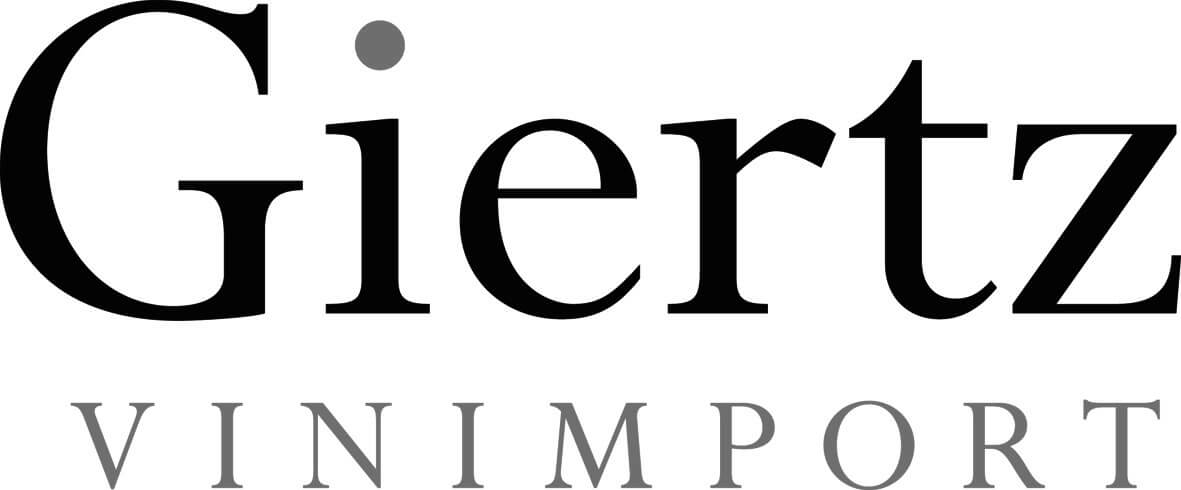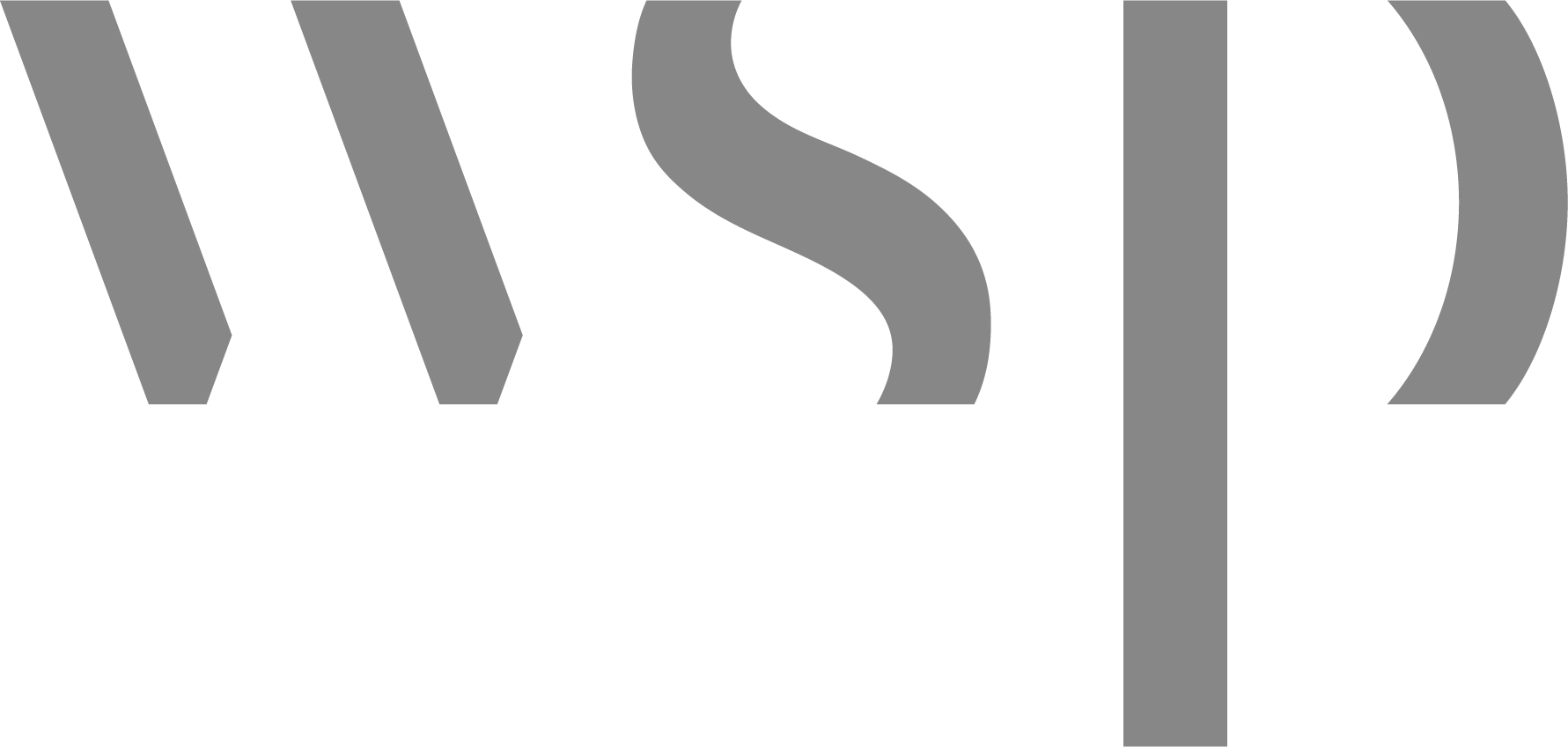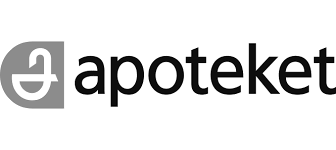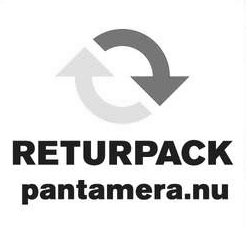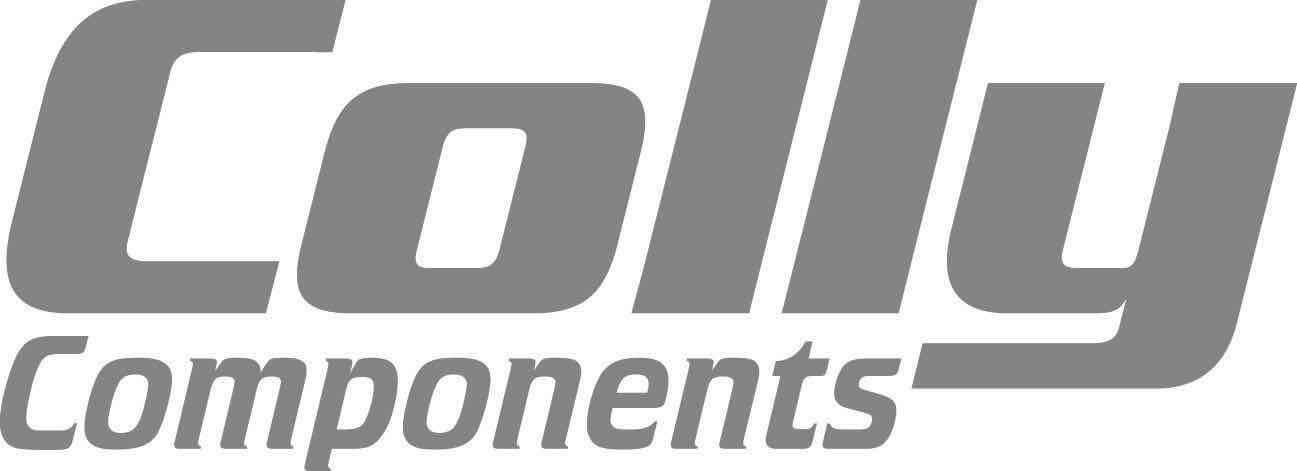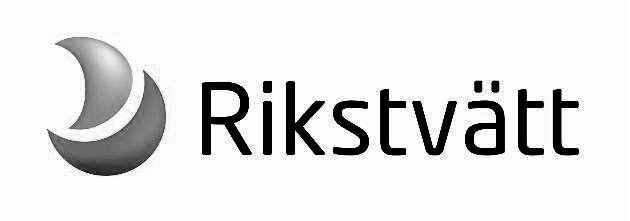Solvatten Reduces Emissions and
Lowers Carbon Footprint
REDUCE CARBON FOOTPRINT
A burning question
Heating and boiling water over an open fire to provide water for safe drinking, hygiene, and cooking is a part of everyday life for close to 2 billion people. People living off-grid rely on the burning of firewood and charcoal to meet their most primary needs, dramatically increasing deforestation. When the forests disappear, communities and individuals become less resilient and more vulnerable to the effects of climate change, such as heavy rains or extreme droughts. In addition, habitats are destroyed and the forest’s capacity to capture carbon dioxide weakens.
Half use of firewood and charcoal
Solvatten reduces household dependence on firewood by approximately 50%, which corresponds to 6-8 trees per year, per household. In conservative calculations, this equals to a reduction of about 1 ton of CO2 emissions per Solvatten unit, per year of use.
Solvatten delivers meaningful contributions to 7 out of the 17 of the UN’s Sustainable Development Goals. Private individuals, organizations, and companies can reduce their carbon footprint and minimize their climate impact by investing in Solvatten’s Climate Project in Kenya, while supporting some of the families who are the most affected by and vulnerable to climate change.
The impact and results are monitored and tracked by Gold Standard. Read more about it here.
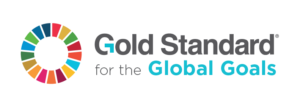
The UN has honored Solvatten at the UN Momentum For Change Award and The World Wildlife Foundation (WWF) recognized Solvatten as a “Climate Solver”.
UNFCCC – CLIMATE CHANGE
The climate crisis can be averted
According to the UN, reducing global greenhouse gas emissions through the use of new, innovative technologies is a necessity. Climate-smart solutions are needed to curb and mitigate the effects of the climate crisis and the Solvatten solution contributes to positive climate change by helping families in climate-affected countries. Since it is the rich countries that historically bear the main responsibility for greenhouse gas emissions and it is the poor who are worst affected, joint efforts must be made to highlight and create opportunities for the most vulnerable.
Reducing carbon emissions as much as possible is important, but sometimes it is simply not possible to avoid emissions. Offsetting a carbon footprint with Solvatten is a concrete way to take responsibility for the negative consequences caused by carbon emissions.
The climate crisis can be averted, but we have to move from word to action.
MONITORING AND REPORTING
Solvatten Impact
Climate Action
Yes! You can offset carbon emissions with Solvatten’s climate project by helping to reduce the need for vulnerable families to use wood and coal in Kenya and Uganda. Using the sun’s energy to provide clean and warm water improves life for humans, the environment, and the climate. If everybody on the planet used sunlight for treating, boiling, and heating water, approximately ten gigatons of CO2 emissions could be saved each year. Solvatten’s climate project meets the current standard for carbon offsetting by supporting the following criteria:
1. The climate benefits must be accurate, and the emission reduction would not happen without these project.
Solvatten adds to the increased use of renewable energy – to benefit those who live without electricity and running water at home. It reduces a family’s need for firewood and coal to heat, boil and purify water. Without Solvatten on-site, there is no climate benefit.
2. An offset must be measurable in the form of reduced emissions.
Continuous reporting on the use of Solvatten has been carried out since 2009, covering households’ reduction of wood and coal consumption. The results clearly show that families significantly reduce (halve) their use of coal and wood. The calculations refer to the Gold Standard methodology “Technologies and Practices to Displace Decentralized Thermal Energy Consumption.” The emission reduction factor used for wood is 1.8 tCO2 / tonne biomass and 3.67 tCo2 / tonne charcoal, as determined by the UN’s IPCC 2006 climate panel.
3. Projects must be verifiable by a reviewing third party who can verify the alleged reduction.
Reporting and feedback from the project usually take place when the families have used Solvatten for approximately six months, followed by a more comprehensive report after 12 months. Data is collected on an ongoing basis, and once a year, we report measured CO2 savings and improvements in families’ health and finances. The results from the report are summarized in the form of a Solvatten Certificate. In addition to these project reports, third-party auditors such as TÜV NORD or similar verification companies will follow up every two years.
4. Traceability: the projects must be traceable and the credits generated are provided with unique numbers that are registered and canceled in a public register.
It is easy to see and follow Solvatten’s project. You will receive ongoing information regarding when the Solvatten starts to be used and how the project develops over time. There is a user registry, but it is not available to the public due to data security requirements (but if you wish, we can share identified register information). The register contains, among other things, the unique serial numbers of each Solvatten and associated project information.
5. Sustainability/permanence: climate compensation must provide a lasting climate benefit, which means emissions are not just delayed.
Purifying, boiling, and heating water with wood and coal is part of everyday life for most people living in East Africa and elsewhere. During the project’s lifespan of 7 years, we can influence people’s life situations so that trees and forests are preserved. Solvatten is a so-called “gap filler” intended for areas lacking infrastructures such as electricity and water. If all goes well, East Africa and elsewhere communities will be gradually modernized and infrastructure developed with community services such as electricity and running clean and hot water available in every household.
Solvatten is used in both Gold Standard projects that have been UN-registered and project with third-party evaluation through Tuv Nord. Current projects are not UN registered but do meet the same criteria according to the Gold Standard methodology.
While Solvatten contributes to all 17 SDGs, seven are directly impacted by Solvatten’s climate project. The project also provides many opportunities to engage and communicate the collaboration.
PARTNERING FOR SUCCESS
Solvatten helps in an engaging, sustainable and long-term manner. We help our customers take greater social responsibility and reduce the overall global carbon footprint. Together, we can reduce the damage caused by carbon emissions and their impact on people and the environment.
Here are some of the companies and partnerships that have contributed to the Solvatten Climate Project.

